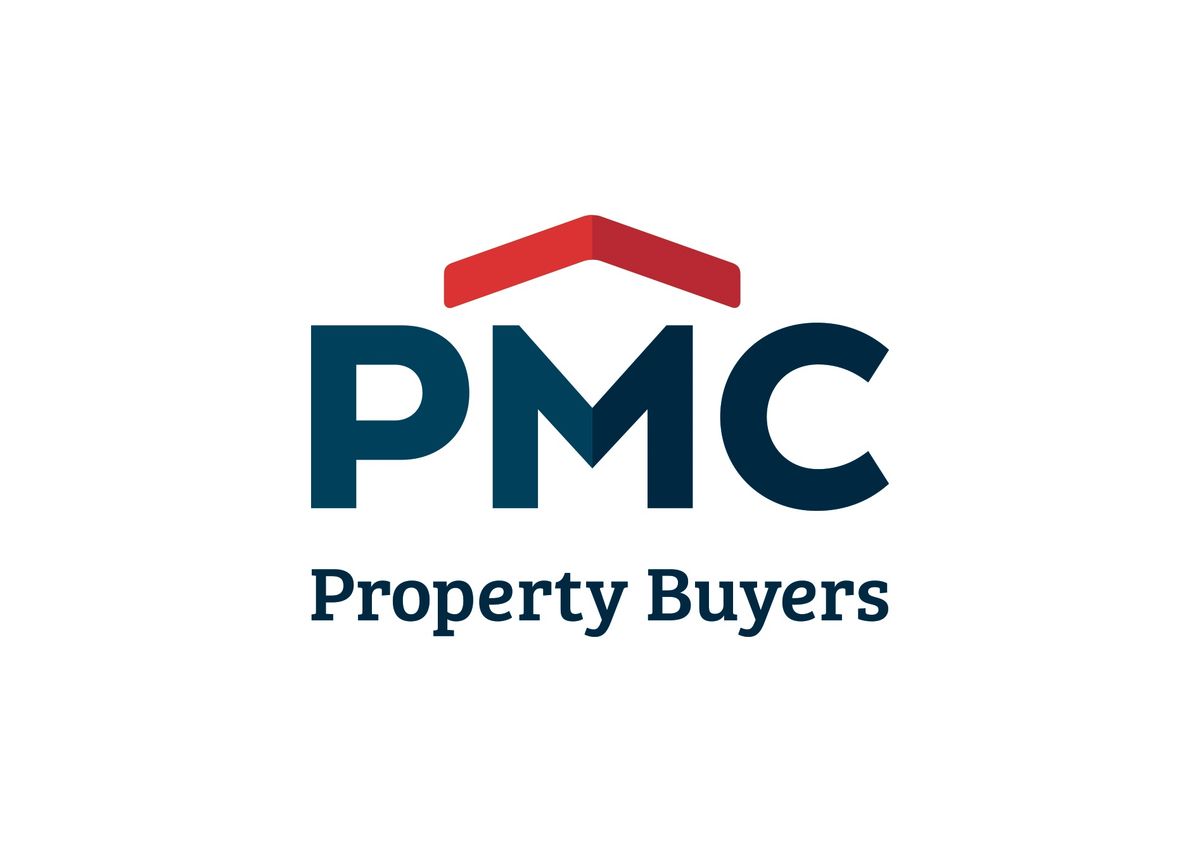The Australian property market is experiencing a fundamental shift towards climate resilience and energy efficiency. With energy-efficient properties now commanding premiums of up to 14.5% and climate risks threatening traditional investment approaches, property investors must adopt a forward-thinking strategy that prioritises sustainability and resilience.
The Energy Efficiency Premium Revolution
Energy efficiency has evolved from a nice-to-have feature to a measurable value driver in the Australian property market. Energy-efficient houses are selling for 14.5% more than their non-energy efficient counterparts across combined capitals, representing an average premium of $118,000. In some cases, energy-efficient features can add up to $300,000 to property values.
This premium isn't just about purchase prices. Energy-efficient rental properties command 5% to 7% rental premiums due to lower utility bills for tenants, creating a compelling value proposition for property investors seeking both capital growth and improved rental yields.
Understanding Australia's Energy Rating Landscape
The disparity in energy efficiency across Australian housing stock is stark. 6.27 million homes built pre-2010 have a median 2.8-star energy rating, whilst 1.5 million homes built post-2010 boast a median 5.9-star energy rating. Properties rated 4.5 stars or above are worth 8% more on a per square metre basis compared to unrated buildings.
NatHERS (Nationwide House Energy Rating Scheme) operates on a 0-10 star scale, with minimum requirements increased from 6 to 7 stars under NCC 2022. This system, previously limited to new builds, now has the capability to rate existing homes, opening opportunities for retrofitting older properties.
For commercial properties, NABERS (National Australian Built Environment Rating System) provides a 1-6 star rating based on 12 months of operational data, with 6 stars representing market-leading performance.
Climate Risk: The Investment Disruptor
Climate risk has emerged as a critical factor threatening traditional property investment strategies. 652,424 properties (4.4% or 1 in 23) are already at High Risk from climate hazards, with 1.55 million properties (10.4% or 1 in 10) at Moderate Risk.
The projections are sobering:
- By 2035: 1 in 10 homes could become uninsurable
- By 2050: 746,185 properties (5%) expected to be high risk
- By 2100: 1.3 million properties (8.8%) expected to be high risk
NSW coastal areas from Northern Rivers to Central Coast have been identified as Australia's "climate risk epicentre", with 20,177 properties (17.5%) in certain electorates already at high risk from bushfire, riverine flooding, and surface flooding.
Insurance: The Financial Reality Check
The insurance implications of climate risk are already impacting property investment returns. Home insurance premiums rose by at least 14% on average in 2024, representing the biggest rise in a decade. $7 billion in home insurance claims were recorded in 2022, almost double the previous record.
Regional disparities are significant, with Northern WA averaging $4,395 in annual insurance costs compared to $1,779 in southern regions. Most concerning for investors, 380,000 properties are already uninsurable or unaffordable to insure (1 in 20 homes), with this figure expected to reach 1 in 10 by 2035.
Government Incentives Driving Market Adoption
The federal and state governments are actively supporting the transition to energy-efficient properties through various incentive programs launched in 2025:
Federal Programs
- "Cheaper Home Batteries Program" launched July 1, 2025
- Small-scale Technology Certificates (STCs) for solar installations
- $20,000 instant asset write-off extended until June 30, 2025
State-Specific Incentives
- NSW: Solar battery rebates ranging from $1,600 to $2,400, plus VPP connection incentives of $250 to $400
- ACT: Up to $5,000 in renewable energy rebates
- Victoria: $150 lump sum energy bill relief payments
- National: Free EV registration and stamp duty exemptions up to $1,500 for vehicles under $50,000
These incentives not only reduce the upfront costs of sustainability upgrades but also signal strong government commitment to the energy transition, supporting long-term property value appreciation.
What Climate-Conscious Investors Should Look For
Location Analysis
Smart investors are avoiding high-risk climate zones identified in the Climate Risk Map of Australia whilst prioritising areas with government infrastructure spending on transport, education, and healthcare. Elevation data and flood mapping have become essential due diligence tools.
Research of historical weather event frequency and local council climate adaptation plans provides crucial insights into long-term viability. Properties in regions benefiting from planned transport and infrastructure upgrades, such as Brisbane's 2032 Olympics preparation, offer compelling opportunities.
Property Features That Add Value
7+ star NatHERS ratings for new builds and Green Star certifications for commercial properties are becoming baseline requirements for sustainable investments. Solar panels and battery storage capability not only reduce operating costs but also provide energy security during extreme weather events.
Energy-efficient appliances, quality insulation, and sustainable building materials contribute to both immediate energy savings and long-term resilience. These features translate directly into rental premiums and capital value appreciation.
Financial Due Diligence
Modern property investment requires factoring in insurance cost trends for different locations and calculating potential rental premiums for energy-efficient features. Investors must evaluate long-term resale value impacts of climate risk and assess government incentive eligibility.
A comprehensive due diligence checklist should include reviewing local council climate adaptation plans, checking property flood and bushfire risk ratings, assessing current and projected insurance costs, evaluating energy efficiency upgrade potential, and researching local infrastructure resilience projects.
Market Opportunities and Hotspots
Emerging Investment Opportunities
Retrofitting older properties for energy efficiency presents significant value-add opportunities, particularly given the 6.27 million pre-2010 homes with poor energy ratings. Regional markets with strong fundamentals and lower climate risk are attracting investors seeking sustainable growth.
Commercial properties with NABERS ratings offer institutional-grade investment opportunities, whilst properties under $600,000 with yields above 6% in climate-resilient locations provide attractive cash flow potential.
Regional Focus Areas
Brisbane and Queensland regions are benefiting from 2032 Olympics infrastructure investment, creating opportunities in climate-resilient growth markets. Areas with planned transport and infrastructure upgrades outside high-risk climate zones are emerging as investment hotspots.
The key is identifying locations where infrastructure investment, population growth, and climate resilience converge to create sustainable long-term value appreciation.
Green Building Certifications: Beyond Basic Compliance
The Green Star certification system, developed by the Green Building Council of Australia, has evolved to include "Green Star Apartments" certification for individual units. This voluntary sustainability rating system, launched in 2003, is gaining traction with investors seeking ESG-compliant assets.
The Australian green building industry is now worth over $20 billion in 2025, with the green building materials market growing at 11.3% CAGR through to 2035. Strong demand for sustainable homes is expected to climb with eco-conscious tenants driving rental premiums and preference.
The PropertyGo Advantage in Sustainable Investment
Understanding the complexity of climate-resilient property investment requires expert guidance and comprehensive market analysis. PropertyGo's investment calculators help investors evaluate the financial impact of energy efficiency features and climate risk factors on potential returns.
Our buyer agent network includes specialists in sustainable property investment who understand the nuances of energy ratings, climate risk assessment, and government incentive programs. For investors seeking guidance on regional property opportunities in climate-resilient markets, PropertyGo provides access to local expertise and market intelligence.
The sustainable property market requires sophisticated analysis combining traditional investment metrics with climate risk assessment and energy efficiency evaluation. PropertyGo's comprehensive approach ensures investors can confidently navigate this evolving landscape.
Future-Proofing Your Property Portfolio
The transition to climate-resilient property investment isn't just about environmental responsibility – it's about protecting and enhancing investment returns in a changing market. Properties that fail to adapt to energy efficiency standards and climate resilience requirements face declining values and increasing insurance costs.
Successful investors are already positioning their portfolios for the energy transition, recognising that sustainability features will become table stakes rather than premium additions. Early adoption of climate-conscious investment strategies provides competitive advantage whilst government incentives remain available.
The combination of measurable value premiums, rental yield advantages, government support, and long-term resilience creates a compelling investment thesis for climate-conscious property strategies.
Conclusion
Climate-resilient property investment represents the future of Australian real estate. With energy-efficient properties commanding 14.5% premiums and climate risks threatening traditional investment approaches, investors must embrace sustainability as a core value driver.
The convergence of government incentives, market demand, insurance imperatives, and measurable financial benefits creates an unprecedented opportunity for forward-thinking property investors. Those who adapt early to these market forces will benefit from enhanced returns, reduced risks, and future-proofed portfolios.
As Australia continues its transition towards a sustainable economy, property investors who prioritise energy efficiency and climate resilience will find themselves at the forefront of a fundamental market transformation that rewards environmental consciousness with superior financial performance.
Sources: Climate Council Australia, CoreLogic, Domain, Insurance Council of Australia, Green Building Council of Australia, Australian Bureau of Statistics, various state government agencies.








